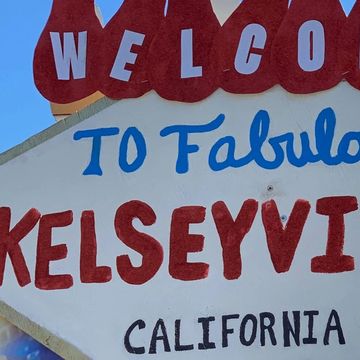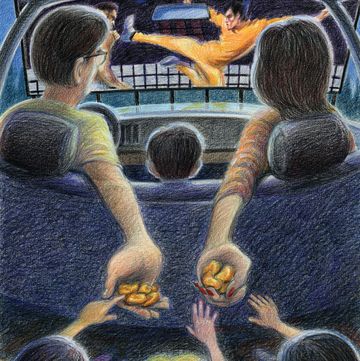Conserving habitat for wildlife is important, and so is learning to live alongside animals. Here’s a handful of ways to make our furry friends more secure in developed areas.
This article appears in Issue 24 of Alta Journal.
SUBSCRIBE
A Safe Passage
Squirrels, deer, foxes, and bobcats are among the proud new users of California’s Highway 17 Wildlife and Trail Crossing at Laurel Curve, which allows wildlife of the Santa Cruz Mountains to travel safely beneath the winding road. The project opened earlier this year.
Peafowl Paradise
The City of Pasadena voted to relocate peafowl to private estates after the birds tripled in number in 2022. Town officials partially blame the population boom on residents who began feeding their feathered neighbors.
Mountain Lion Town
In 2022, Silicon Valley suburb Woodside tried to skirt a California law designed to increase housing units by declaring itself a mountain lion habitat. State attorney general Rob Bonta came out with his claws bared and tore up the town’s argument.
Southwest Nests
Albuquerque, New Mexico, boasts some of the world’s greatest bird migratory paths—thanks to its proximity to the Rio Grande. A certified Urban Bird Treaty city, Albuquerque also ensures that its parks have plenty of elm, ash, and other trees so birds like the Cooper’s hawk can nest happily.
Critter comforts
Homeowners throughout the West can make their outdoor spaces more welcoming to chipmunks, voles, and scrub jays by adding birdbaths, leaving out logs and brush piles (for tiny, tiny homes), and planting native flowers and shrubs.•













